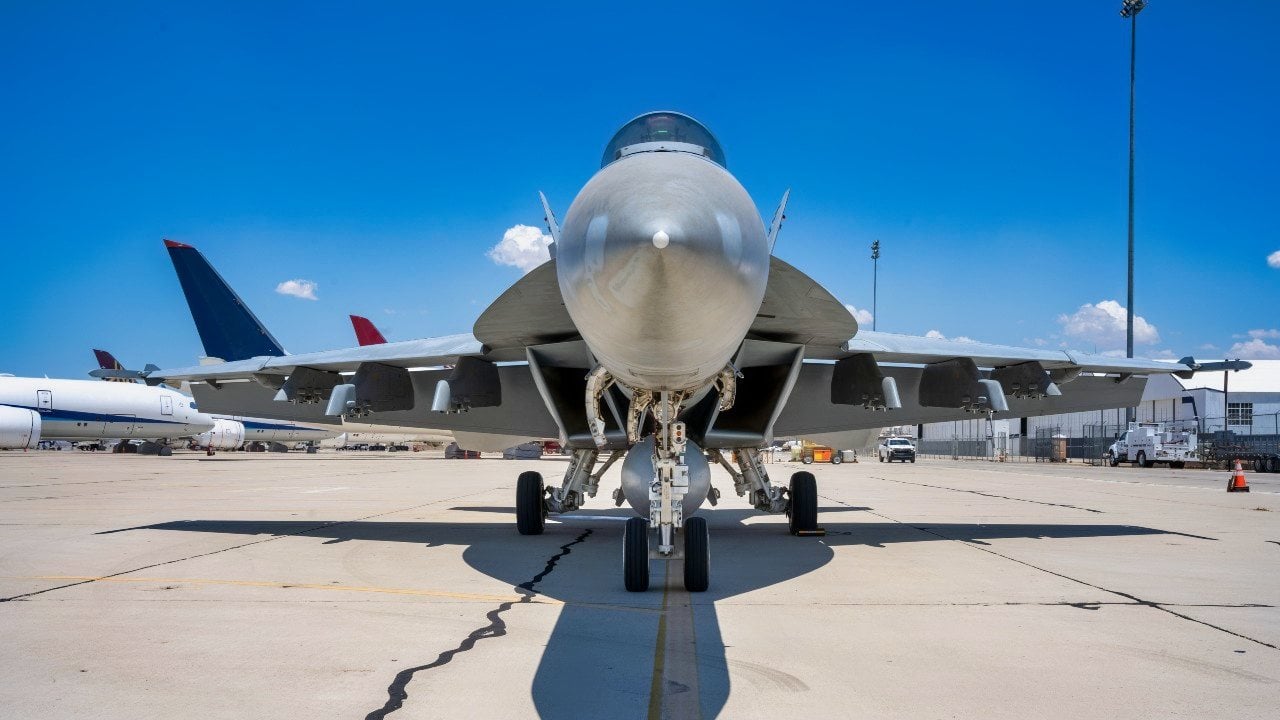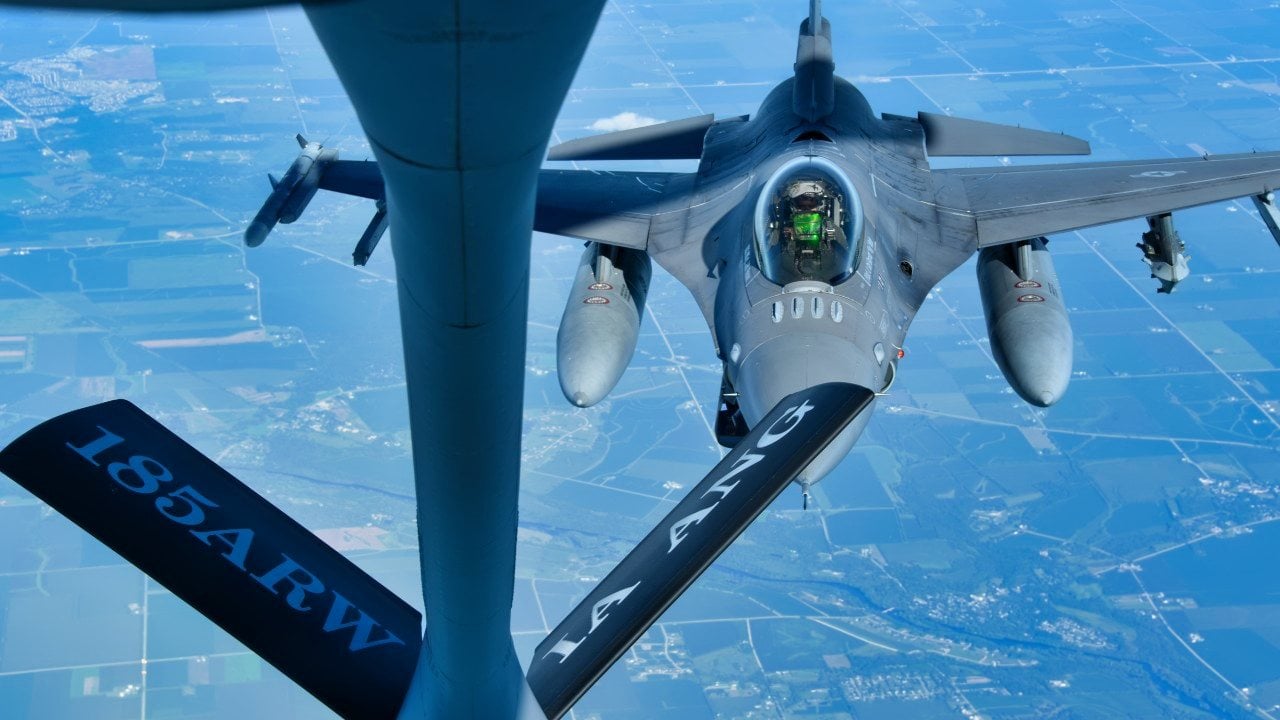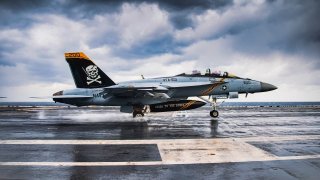Forget the F-16: Time to Send the F/A-18 Super Hornet to Ukraine?
The F/A-18 Super Hornet, though versatile and capable, would face challenges similar to those faced by the F-16, such as detectability by advanced Russian air defenses.
Summary and Key Points - F/A-18 Fighters for Ukraine?: While Ukraine's receipt of F-16 fighter jets is seen as a significant boost, the limited number of these non-stealth aircraft may restrict their impact in the ongoing conflict.

-The F/A-18 Super Hornet, though versatile and capable, would face similar challenges, such as detectability by advanced Russian air defenses.
-Both aircraft would likely be used defensively, offering improvements but not dramatically altering the conflict's course. The war is expected to continue as it has for nearly three years.
Would the F/A-18 Super Hornet Better Serve Ukraine’s Defense?
Would the Ukrainians benefit from the gifting of Boeing’s F/A-18 Super Hornet?
The Ukrainians are celebrating the arrival of the F-16 fighter jet – a gift from the Americans that has been billed as a potential game changer in the two-and-a-half-year-old conflict. But does the F-16 provide the Ukrainians with game-changing capabilities? And was the F-16 the best airframe for the Ukrainians?
What can the F-16 offer?
Despite making its first flight fifty years ago in 1974, the F-16 is still a reliable and capable fighter. This single-engine fighter is equipped to operate in all weather conditions and a variety of different roles, making the F-16 well-suited for the volatile conditions of conflict. The F-16 is distinct for its frameless bubble canopy, which permits the pilot an exceptional, unobstructed field of vision. In production (almost) continuously since 1973, the F-16 is numerous, with 4,604 airframes built.
Yet only a handful of the F-16s have been sent to Ukraine, where officials believe at least 130 F-16s will be needed to neutralize Russian air power. The Ukrainians have not disclosed exactly how many F-16s they received, but it has been estimated that the number does not come close to approaching 130, meaning the effectiveness of the F-16 will be limited – in large part because the jet will be used conservatively in account of how finite the resource is.
Also limiting the effectiveness of the F-16 is the lack of stealth capabilities. Whereas modern fighters have minuscule radar cross sections, which permit operations in contested air space, the F-16 was designed before such stealth technology had been developed, and thus is easily detectable with modern air defense systems. The result is a jet that would have limited use in the conflict’s front lines. Instead, the F-16 would likely be used primarily in defensive situations.
Would the F/A-18 Have Been a Better Option?
As the F/A designation suggests, the F/A-18 is a versatile aircraft, offering impressive capabilities in both offensive and defensive situations. And while the F/A-18 is commonly associated with carrier operations, the jet is of course capable of operating from land, as well.
The F/A-18 has been built in far fewer quantities (1.480) than the F-16 and has been distributed far less (just three countries operate the F/A-18, whereas about twenty-five operate the F-16), meaning the Ukrainians are not going to receive the F/A-18 in quantities exceeding that of the F-16.
The F/A-18, also designed in the 1970s, is equally lacking in stealth technology. The result would be similar: the F/A-18 would struggle to survive against Russia’s advanced air defense systems and would likely be confined to a purely defensive role.

To be clear, the Ukrainian’s circumstances will be improved with the addition of the F-16 – and would be improved with the addition of the F/A-18; both airframes offer a quantity and quality increase over the existing Ukrainian inventory. But the improvements yielded won’t be sufficient to expel the Russian invaders, or to force Putin into some sort of peace agreement, or capitulation. The war will likely persist in much the same way it has persisted for nearly three years.
About the Author: Harrison Kass
Harrison Kass is a defense and national security writer with over 1,000 total pieces on issues involving global affairs. An attorney, pilot, guitarist, and minor pro hockey player, Harrison joined the US Air Force as a Pilot Trainee but was medically discharged. Harrison holds a BA from Lake Forest College, a JD from the University of Oregon, and an MA from New York University. Harrison listens to Dokken.
Image Credit: Creative Commons and/or Shutterstock.


